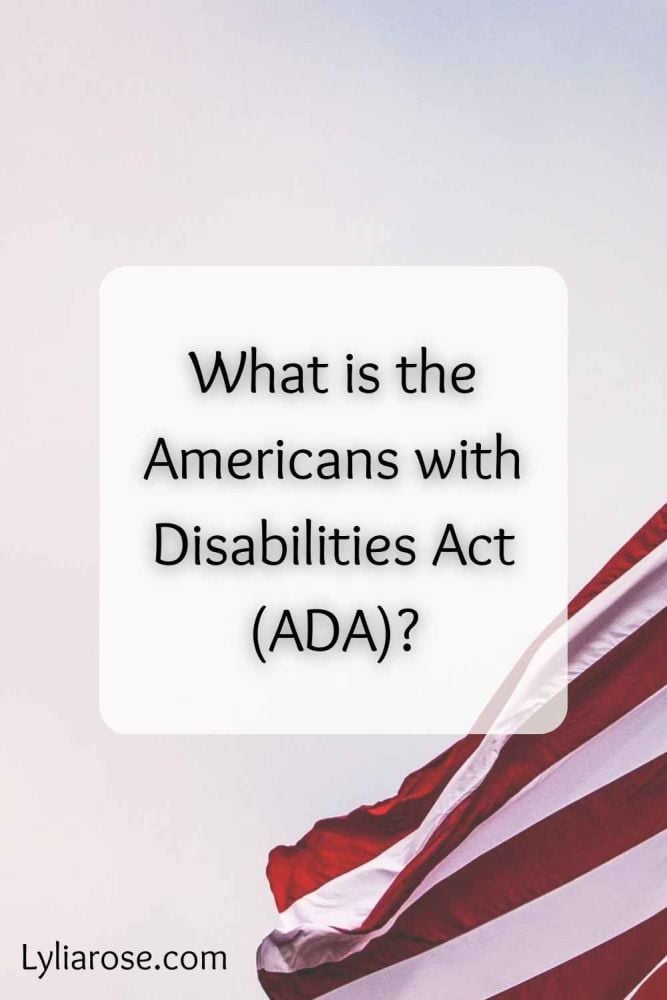What is the Americans with Disabilities Act (ADA)?
Posted on
The Americans with Disabilities Act (shortened to ADA) was passed back in 1990. It is a civil rights law that protects individuals with disabilities from discrimination in public and private settings.

Under the ADA, people are protected from disability-related discrimination in the workplace and educational facilities, as well as on public transport or in private areas that are open to the general public. It ensures that everybody, regardless of the presence of disabilities, is treated equally and is provided with the same personal and professional opportunities.
Disabled individuals are able to access the same national and international programs, schemes, and services as able-bodied people as part of the ADA. They have the same job seeker rights and employment right as others and must be able to use public facilities as easy as everybody else can.
Taking action against disability-related discrimination
If a disabled person is subjected to discrimination or ill-treatment because of their disability, they can take legal action. For this, a disability lawyer is required.
Disability lawyers are experts in the area of the law that protects disabled individuals. They use their expert knowledge to ensure that their clients receive justice for the discrimination that they have experienced.
Depending on the circumstances, the lawyer might represent their clients in court as part of a legal case against the perpetrators. Should they win the case, their clients will either be granted compensation or alternative work arrangements to protect them from future discrimination.
Sections of the ADA
The ADA is split into five main sections - Title I to Title V. Each section pertains to a different area of life and details how disabled individuals are protected accordingly. We’ve discussed each of these sections below.
Title I (Employment)
Title I details equal employment opportunities for people with a range of disabilities. It ensures that disabled people are able to get the same job seeker and employment opportunities as people who don’t have any disabilities. They must also be granted the same benefits when in employment.
Under this part of the ADA, employers must accommodate their disabled workers with the necessary equipment or workplace modifications so that they are able to work effectively. They should also be given the right tools to live a more balanced and healthy lifestyle outside of the workplace.
Title II (State and Local Government)
This section of the ADA focuses on providing disabled individuals with the same access to state and local government services.
Title III (Public Accommodations)
Title III prohibits private areas of public accommodation from discriminating against disabled people. This includes areas such as hotels, restaurants, healthcare facilities, day care centres, leisure centers, and entertainment facilities.
Title IV (Telecommunications)
The fourth area of ADA related to telecommunications to ensure that individuals with speech or hearing related disabilities can easily communicate over the phone.
Title V (Miscellaneous Provisions)
Title V refers to miscellaneous provisions and relate the ADA as a whole. It details how the ADA relates to other laws and regulations, and how it impacts a range of different sectors and industries. It also covers the list of medical conditions that do not fall under the ADA.
